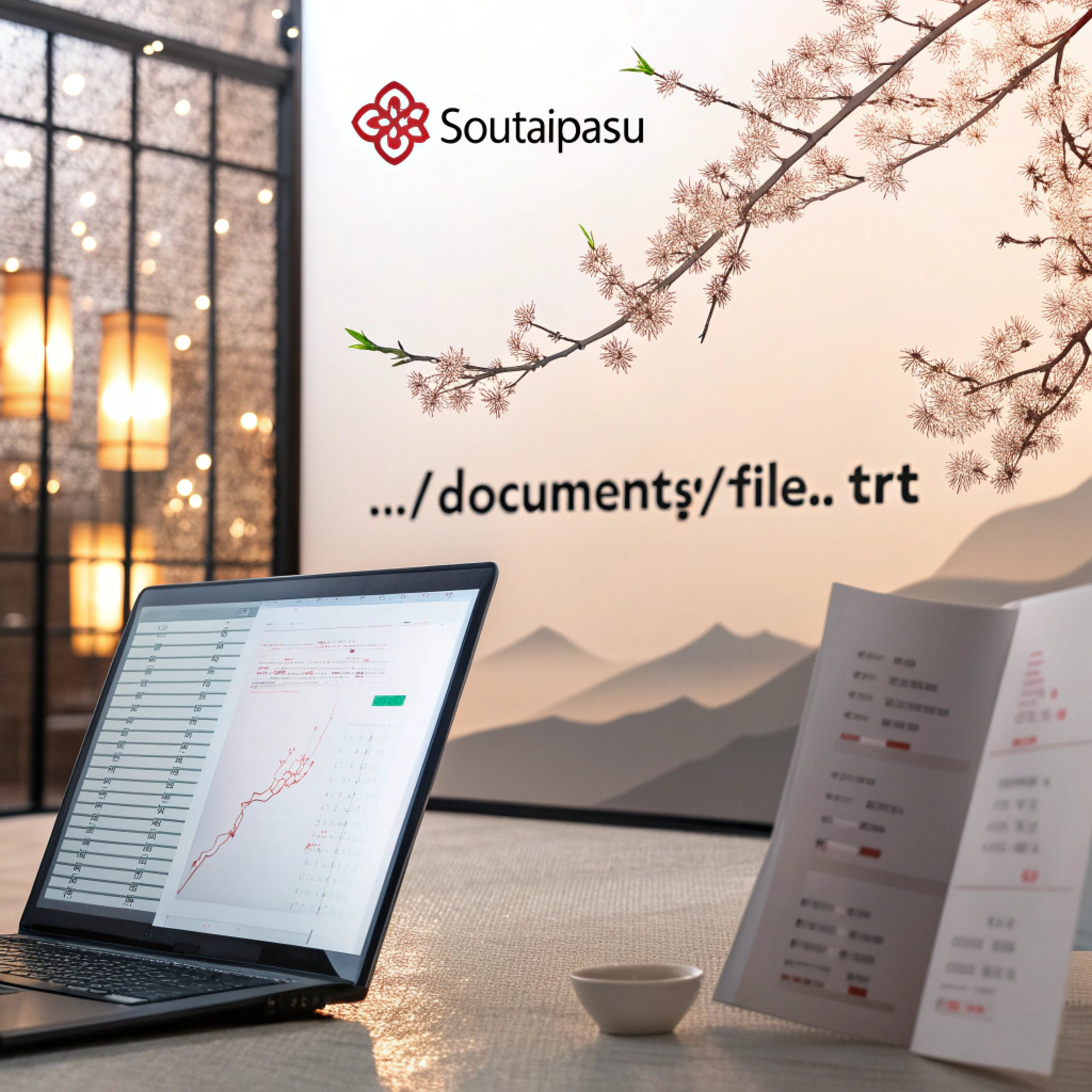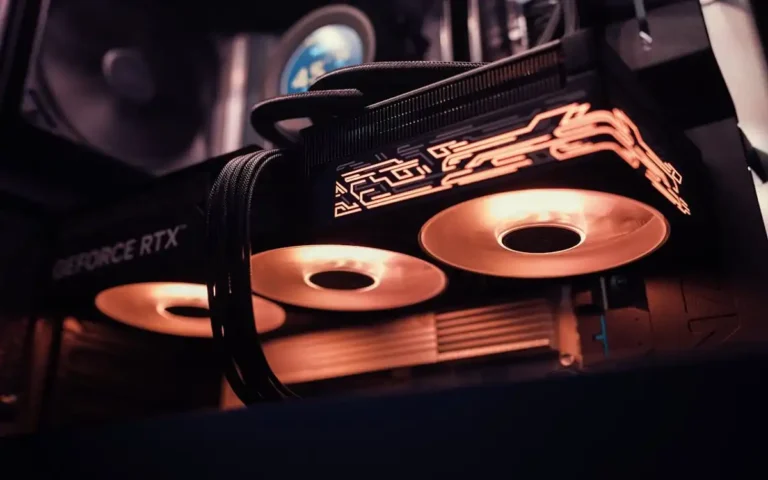
soutaipasu
When developing websites or software projects, managing how files link to each other is crucial. Understanding Soutaipasu, or relative paths, can greatly simplify your development process. Unlike absolute paths, which specify the full URL or location of a file, soutaipasu allow you to link files relative to your current location. This strategy makes projects more flexible, easier to maintain, and faster to migrate between environments.
Absolute Paths vs. Soutaipasu: Understanding the Basics
Absolute Paths
Absolute paths specify the exact location of a file or resource starting from the root of the file system or domain name. They usually begin with protocols like http:// or https:// followed by the full directory path. For example:
texthttp://example.com/images/logo.png
Absolute paths always point to the same location regardless of where the file calling them is located. This can cause inflexibility when moving or deploying projects.
Soutaipasu (Relative Paths)
Soutaipasu specify the location of a file in relation to the current file or folder. For instance:
text../images/logo.png
This means “go up one directory, then into the images folder.” Relative paths are dynamic and adapt based on where the current file resides, making them ideal for project portability.
Why Use Soutaipasu?
Using soutaipasu has several key benefits:
- Flexibility: It’s easier to move your entire project across servers or folders without breaking links.
- Simplified Team Collaboration: When working with others, relative paths reduce conflicts caused by hardcoded absolute URLs.
- Improved Site Maintenance: Adjusting file organization requires fewer changes to links, saving time and effort.
- SEO Advantages: Search engines favor well-structured, easily navigable sites; soutaipasu contribute to site organization and better crawling.
Best Practices for Using Soutaipasu in Your Projects
- Organize Your Directory Structure Clearly: Keep folder hierarchies simple and logical.
- Name Files and Folders Descriptively: This avoids confusion when forming relative paths.
- Consistently Use the Same Path Syntax: Stick to forward slashes (
/) and avoid mixing backslashes (\). - Test Links Frequently: Broken paths reduce user experience and can harm SEO.
- Use Browser Developer Tools: Tools like Chrome DevTools help quickly identify and fix path errors.
- Stick to Project-wide Conventions: Uniform use of soutaipasu helps teamwork and reduces bugs.
Common Mistakes to Avoid With Soutaipasu
- Misjudging the Current Directory: Relative paths depend on the location of the file they are called from; ignoring this leads to broken links.
- Inconsistent Use of Slashes: Most web environments require forward slashes.
- Complex Directory Structures: Too many nested folders can confuse relative path references.
- Ignoring Case Sensitivity: Some servers treat
Image.jpgandimage.jpgdifferently.
Troubleshooting Soutaipasu Problems
- Files Not Loading: Check path syntax carefully. Misspellings and wrong directory levels are common culprits.
- CSS and Scripts Failing: Incorrect relative paths in your
<link>or<script>tags can break your design or functionality. - Caching Issues: Browsers sometimes cache old versions of files. Clear cache or do a hard reload.
- Environment Differences: Always test your paths in both development and production to ensure consistency.
Optimizing Your Web Development Workflow Using Soutaipasu
Mastering soutaipasu leads to smoother project migrations and better developer collaboration. Adopting standardized methods for relative paths can make your workflow more efficient, reduce errors, and improve site speed and SEO performance.
Conclusion
Soutaipasu or relative paths are foundational to efficient web development. Their flexibility, ease of use, and SEO benefits make them indispensable. By following best practices, avoiding common mistakes, and proactively troubleshooting issues, developers at all levels can significantly improve their project management and coding experience.
Keep practicing and integrating soutaipasu into your workflows to unlock your projects’ full potential and ensure consistent, fast-loading, and well-structured websites.
Here is an SEO-optimized FAQ section related to the topic of Soutaipasu (relative paths) in web development:
Frequently Asked Questions (FAQs) About Soutaipasu (Relative Paths)
What is Soutaipasu or a relative path?
Soutaipasu refers to a way of specifying the location of a file relative to the current directory or file location rather than using a full absolute URL or path. It helps link files dynamically depending on the current file’s position in the folder structure.
How does a relative path differ from an absolute path?
An absolute path specifies the full location of a resource starting from the root directory or domain name (e.g., https://example.com/images/photo.jpg). A relative path, by contrast, defines the location in relation to the file referencing it (e.g., ../images/photo.jpg).
Why should I use Soutaipasu instead of absolute paths?
Using relative paths makes your project more flexible and portable. It allows you to move, copy, or migrate a website or project without breaking links, which often happens with absolute paths that hardcode the full URL.
Can Soutaipasu cause problems in some cases?
Yes, incorrect use of relative paths can lead to broken links or files not loading properly. Common mistakes include ignoring the current file’s directory context, mixing slash types, and complicated folder hierarchies.
How do I correctly write a relative path?
Start from the current file’s location:
- Use
./to point to the current directory, - Use
../to move one directory up, - Then add folder names and the target file name separated by forward slashes (
/).
For example, to link from a file inside a pages folder to an image in an images folder at the parent level:../images/photo.jpg
How can I test if my Soutaipasu links are working?
Use browser developer tools like Chrome DevTools’ Network tab to see if resources load correctly. Also, regularly test your website both locally and on the live server to catch issues early.
Are relative paths case sensitive?
Yes, especially on UNIX-based servers. Always be consistent with your file and folder naming regarding capitalization to avoid broken links.
Do all browsers interpret relative paths the same way?
While most modern browsers follow the same standards, differences can occasionally occur, especially related to caching behavior or slight parsing variations. It’s best to stick with standard conventions and verify.
Will using Soutaipasu help my site’s SEO?
Indirectly, yes. Using relative paths can contribute to better site organization, faster loading times, and easier maintenance—all of which positively impact SEO and user experience.
What are best practices for using Soutaipasu?
- Keep directory structures simple and logical.
- Use consistent path syntax (forward slashes).
- Test all links frequently during development.
- Use developer tools to debug.
- Maintain consistent naming conventions for files and folders.
Visit Inter-net-chicks.com





